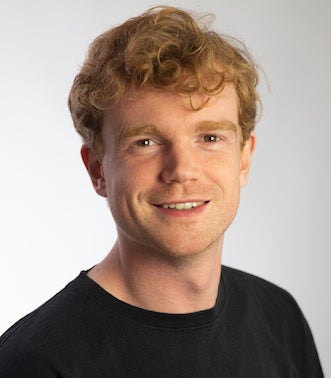The thesis explores key reactions and bonding mechanisms relevant to bioorthogonal chemistry and bioconjugation, through advanced in silico models and quantum chemical analyses. Using the Activation strain model in conjunction with energy decomposition analysis, and Kohn-Sham molecular orbital theory, we attempted to tease apart the physical factors that drive the reactivity or bonding in our model systems. Chapter 3, discusses 1,3-dipolar cycloaddition (1,3-DCA). The 1,3-DCA reaction has taken a prominent role in chemistry due to its versatility and robustness. In this review, we describe the road from the conception of the 1,3-DCA all the way to the state-of-the-art methods and models used for the quantum chemical design of novel (bioorthogonal) reagents. Three general approaches towards enhanced 1,3- DCAs reactivity are discussed, namely, transition metal catalysis, predistortion of the dipolarophile, and the stabilization of the transition state. Chapters 4 and 5 examine the retro-Cope elimination reaction, specifically its behavior with linear and cyclic alkynes. First, the reactivities of substituted linear alkynes were explored. Then, preactivated cycloalkynes in the retro-Cope elimination reaction were quantum chemically investigated. Based on our findings, we rationally designed a priori a suite of next-generation reagents that exhibit reactivities up to four orders of magnitude greater than the parent cyclooctyne. Chapters 6 and 7 delve into organodichalcogenide bonds. A hierarchical ab initio benchmark and DFT performance study are presented to find a suitable functional: M06/TZ2P. The study finds that bond weakening upon going from sulfur to selenium and upon increasing oxidation state is due to increased Pauli repulsion, rather than pair-bond orbital interactions between the two singly occupied molecular orbitals. This understanding sheds light on the factors that govern bond strength and stability in these systems.
More information on the thesis
